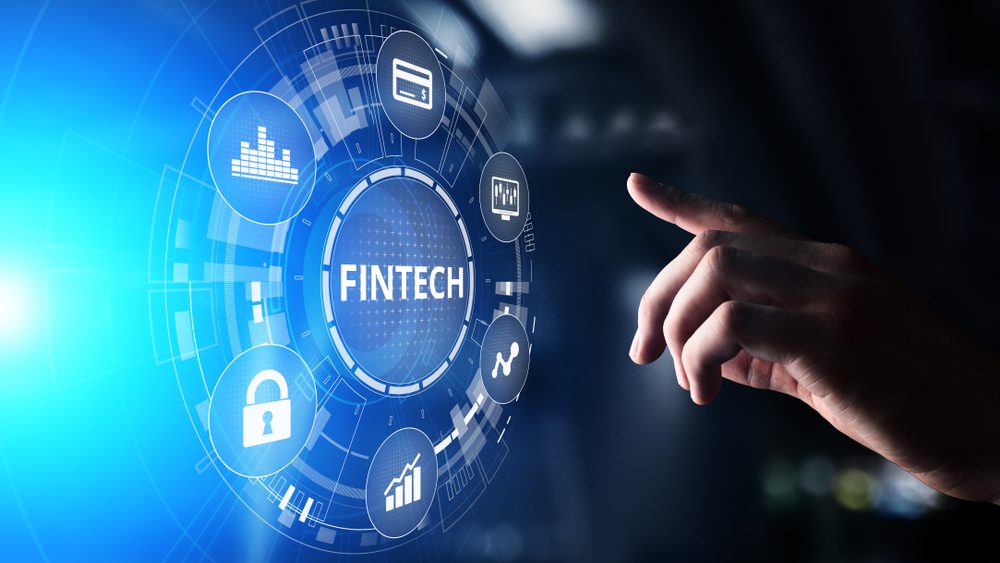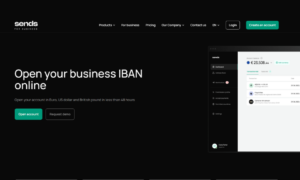The current world events have forced the financial sector to transform. The main event, which is the pandemic, has greatly affected financial software development services and showed how the financial sector may look like in 2021.
Having been locked at homes, with closed state borders, people switch to Internet reality, which has led to the necessity to adjust many spheres of lives to online formats. Thus, let’s see what innovations are introduced to modern users in 2021.
1. Digital banks
Although there is no wonder that banks provide their services online, the next step is the introduction of banks that develop their activities online only. The pandemic made banks search for new solutions on how to develop their activity when all institutions are closed, and people are stuck at homes. Digital banks are online institutions that negate the need to spend long hours standing in queues and waiting for specialist service. Instead of this, a new wave of banks offers time-efficient and convenient services via the Web. Digital banks provide the following range of services:
- Cryptocurrency purchase;
- P2P-transfers;
- Cashless payments with fee-free transfers;
- International money transfer.
The range of provided services will increase over time. This type of bank servicing will simplify the process of cooperation with clients and benefit both sides. As analysts state, by 2022, the percentage of physical bank clients will decrease to just 36%.
Although nowadays, the coverage of digital banks is not so huge and many people still do not have access to them, such institutions will work on gaining a wide target audience. In fact, the digital bank will significantly simplify our routine.
2. Decentralized finance and blockchain
Having been developed in recent years, blockchain stands as one of the most effective tools for upgrading the whole financial system and taking it to a higher level in terms of security and reliability. This revolutionary trend has improved the level of bank services and brought the whole system to more secure, decentralized finance.
The essence of the technology is the use of a decentralized ledger of end-to-end transactions, which allows avoiding any manipulations with transactions and data about them since all information is automatically entered. The use of blockchain technology in the financial segment has the following benefits:
- Instant payments. Due to process automation, transactions that were processed for days now are made within several minutes, which significantly saves time and improve client loyalty;
- Capital distribution and fee minimization due to the absence of the need to use intermediates. The technology allows avoiding the services of clearing companies and custodial banks.
- Transaction transparency. Financial regulators get access to the ledger, where all the interrelations between banks, regulators, and other parties are recorded.
- Risks associated with counterparties are eliminated. Transaction instant nature means that counterparties have less chance to slip away from their financial commitments.
- All stages of each transaction are recorded, which eliminates the possibility of fraud and risk. All errors are identified and eliminated. An audit is simplified.
- Smart contracts based on blockchain technology improves contract effectiveness.
Decentralized finance is an independent financial ecosystem that gives users complete control over their money (without the involvement of governments and banks). Blockchain technologies have played a key role in the implementation of this service. Interaction in decentralized ecosystems takes place without intermediaries according to the P2P scheme, that is, market participants independently cope with transactions. This saves time, saves money, and allows clients to keep confidential.
3. Public cloud
This is a ready-made service for IaaS and PaaS models. Users connect to computing resources via the Internet. The most well-known public clouds include Amazon, Microsoft Azure, Google Cloud. The service provider takes over the main maintenance of the physical infrastructure. Benefits of public clouds include:
- Simple to use. To use the infrastructure, it is enough to have access to the Internet: there is no need to waste time installing equipment and software, building technological processes, and training employees.
- Flexible pricing and no long-term commitments. A company can increase or decrease costs on public clouds at any time. To do this, it just needs to select a suitable package of services. And if the services become irrelevant, you can refuse them.
- Reduced IT maintenance costs. The public cloud is served by the provider. Thanks to this, the company’s costs for salaries of specialists, licensing, and equipment maintenance are reduced.
4. Robotic process automation (RPA)
To free up employees to do more valuable work, CIOs are increasingly turning to robotic process automation techniques. This is about the application of technologies driven by business logic and structured inputs to automate business processes. The RPA system is special software that, after appropriate configuration, having memorized the principles of managing the user interface of various applications, can process transactions, manipulate data, respond to events, and exchange information with other digital systems.
RPA empowers organizations to reduce labor and human error. For example, thanks to the implementation of RPA, Bank Deloitte LP automated the procedures for processing claims. 85 bots were installed to perform 13 processes. Deloitte’s software processes about 1.5 million requests annually. According to the company, more than 200 full-time employees would have to be hired to perform the same work, while the implementation of software robots costs 30% less.
Benefits of using RPA:
- Usually, bots are inexpensive and easy to integrate. They do not require specialized software and deep integration with existing systems. This means that the system is beneficial for companies that seek to develop a business without a significant increase in costs and without personnel conflicts.
- By automating routine tasks, companies free up resources (equipment, staff) and direct them towards more important tasks.
- RPA can be enhanced by leveraging cognitive technologies, such as machine learning, speech recognition, and natural language processing, to automate more complex tasks that previously required human participation.
- Such RPA systems can automate processes of 15-20 steps or more. In this case, the RPA solution can be categorized as intelligent automation (IA) value chains.
Gartner predicts that by 2022, automation and artificial intelligence will help companies reduce their shared service center staff by 65%, bringing the RPA market to a billion dollars. By the same time, RPA software systems will begin to be used in 40% of large companies, whereas now the corresponding figure is less than 10%.
5. Biometric security systems
Such systems allow automatically recognizing a person by their physiological or behavioral characteristics. As a result of many years of observation and research, the most distinguishable biometric features (characteristics) of people have been identified. Physiological biometric signs of the person are fingerprint, facial features, drawing of blood vessels of a finger or palm, hand geometry, iris, DNA, and others.
The recognition principle is the following. A scanner, sensor, or camera transmits the characteristics of a person to the system, and it extracts unique information from the received data and makes a biometric sample, which is stored in the form of a digital code. When the person interacts with the reader again, for example, scans a fingerprint, the system compares the received sample with those stored in the database. If there is a complete match, the identity is confirmed.
Fintech is perhaps the most promising area for biometric verification. Cybercriminals constantly come up with new ways to fraud and steal money, and the technology helps stay one step ahead. Identity confirmation based on unique physiological data is much more reliable than traditional methods of accessing an account, namely a passport, a mobile phone number, and a code word. A bank employee may take a fake passport for a real one or not understand that the photograph in the document depicts another person.
In 2018, the Central Bank and Rostelecom launched the Unified Biometric System (UBS), which stores the data of state biometrics clients. If earlier it was possible to open an account only with a passport in a branch, now it is enough to pass the biometrics of a person and voice in the nearest bank that works with the UBS. After that, a person can become a client of the bank completely remotely, but at the same time, it is safe. Thus, the biometric security system has improved the level of data security.



































